In deep water: The boys of Ghana’s Lake Volta

In Snell’s work, nothing seems to exist outside of the rippling stretch of blue
(Jeremy Snell, Courtesy of Open Doors Gallery)In 1965, around 100km north of the Ghanaian capital Accra, the Akosombo Dam was completed after four years of work. Rising 440ft above ground level, the dam locked in a new feat of engineering – Lake Volta, which remains one of the largest man-made reservoirs in the world.
The dam once provided all of Ghana’s electricity, while the lake is used for quick, cheap travel across its 400km-long surface. The lake is a fertile fishing ground, accounting for 90 per cent of Ghana's total inland fisheries output. For his new photo book Boys of Volta, US photographer Jeremy Snell visited the lake to capture the lives of the thousands of boys who fish there. In his stark, tactile images, shot with a woozily shallow depth of field, the lake often swallows the human figures. Nothing seems to exist outside of the rippling stretch of blue.
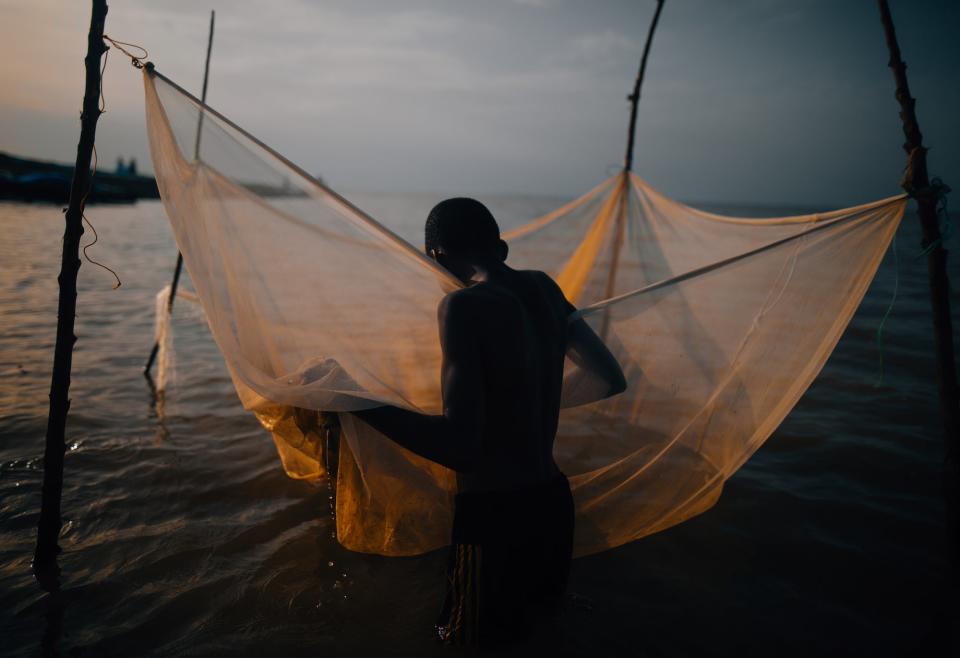
Boys Of Volta #9
Jeremy Snell, Courtesy of Open Doors Gallery
Boys Of Volta #1
Jeremy Snell, Courtesy of Open Doors Gallery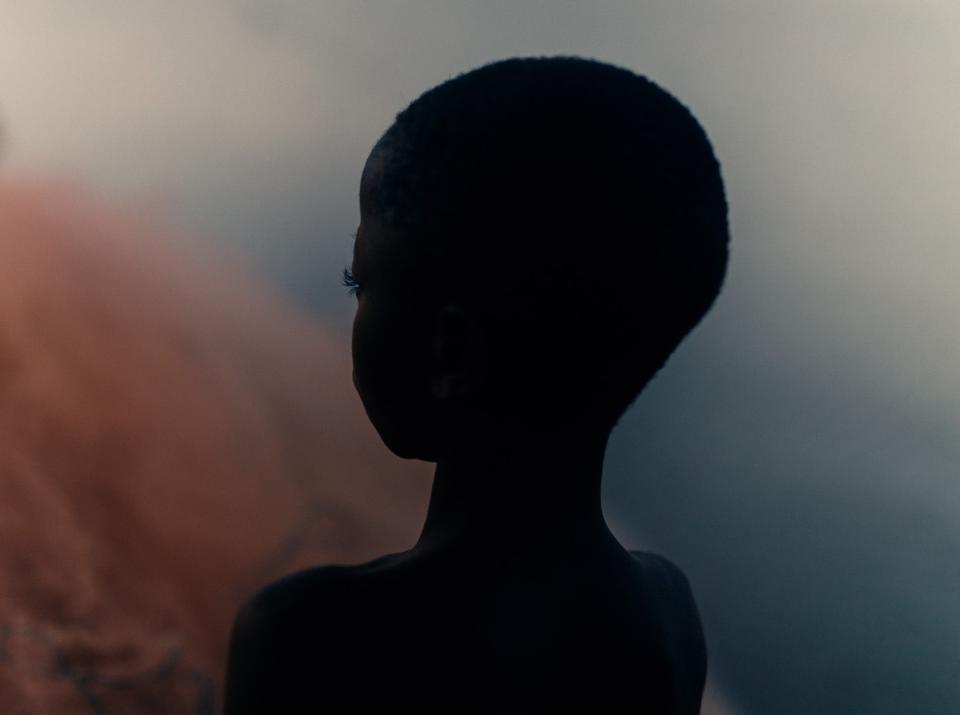
Boys Of Volta #23
Jeremy Snell, Courtesy of Open Doors Gallery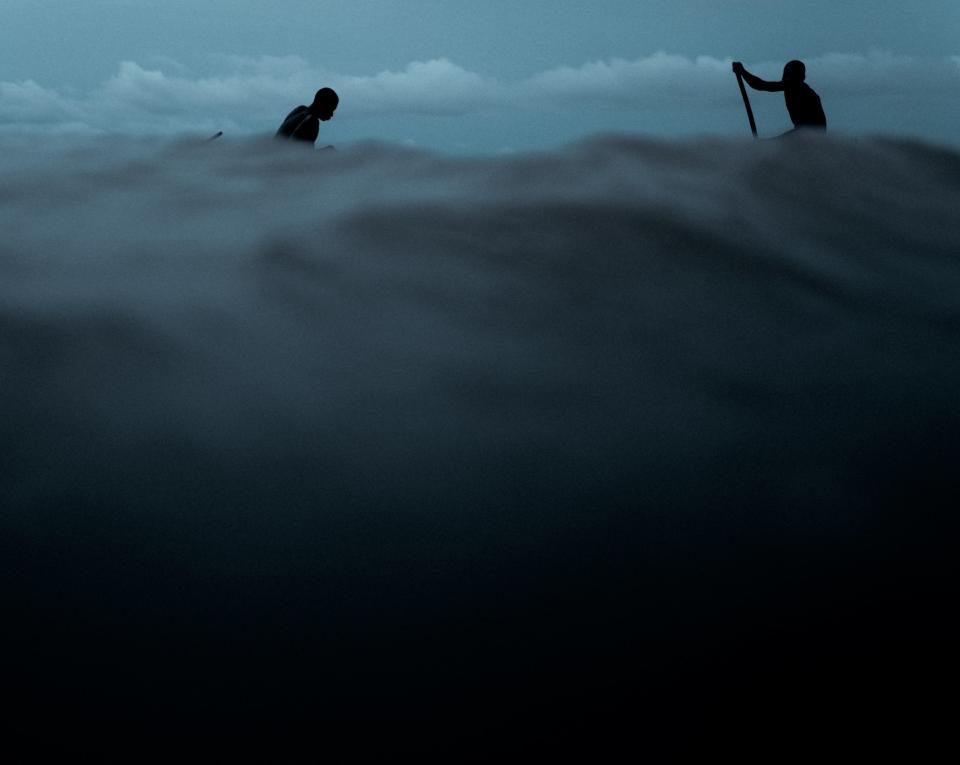
Boys Of Volta #25
Jeremy Snell, Courtesy of Open Doors Gallery“Life on and around the lake seemed like a fairy tale,” says Snell, who is based in New York but grew up largely in Asia. “Three-thousand miles of dammed water encompasses what used to be large forests and hillsides, so the trunks and tips of thousands of trees can be seen as you drift through its waters. There were massive thunderstorms in the afternoons that would light up the vastness of the lake and strike awe into all those who were on it. Even midday on the lake seemed to have a certain eeriness that accompanied the heat and the floating trees.”
These spindly branches rising from the lake seem almost gothic in nature. Lake Volta obliterated 15,000 homes and of 740 villages as it unspooled across Ghana, making it both a cultural graveyard and a place of abundant life. “There are people alive who can remember walking to farms that now sit at the bottom of the lake. It is as though we have the mythical Atlantis right here within our borders,” writes poet Nii Ayikwei Parkes in an essay accompanying the book.

Boys Of Volta #29
Jeremy Snell, Courtesy of Open Doors Gallery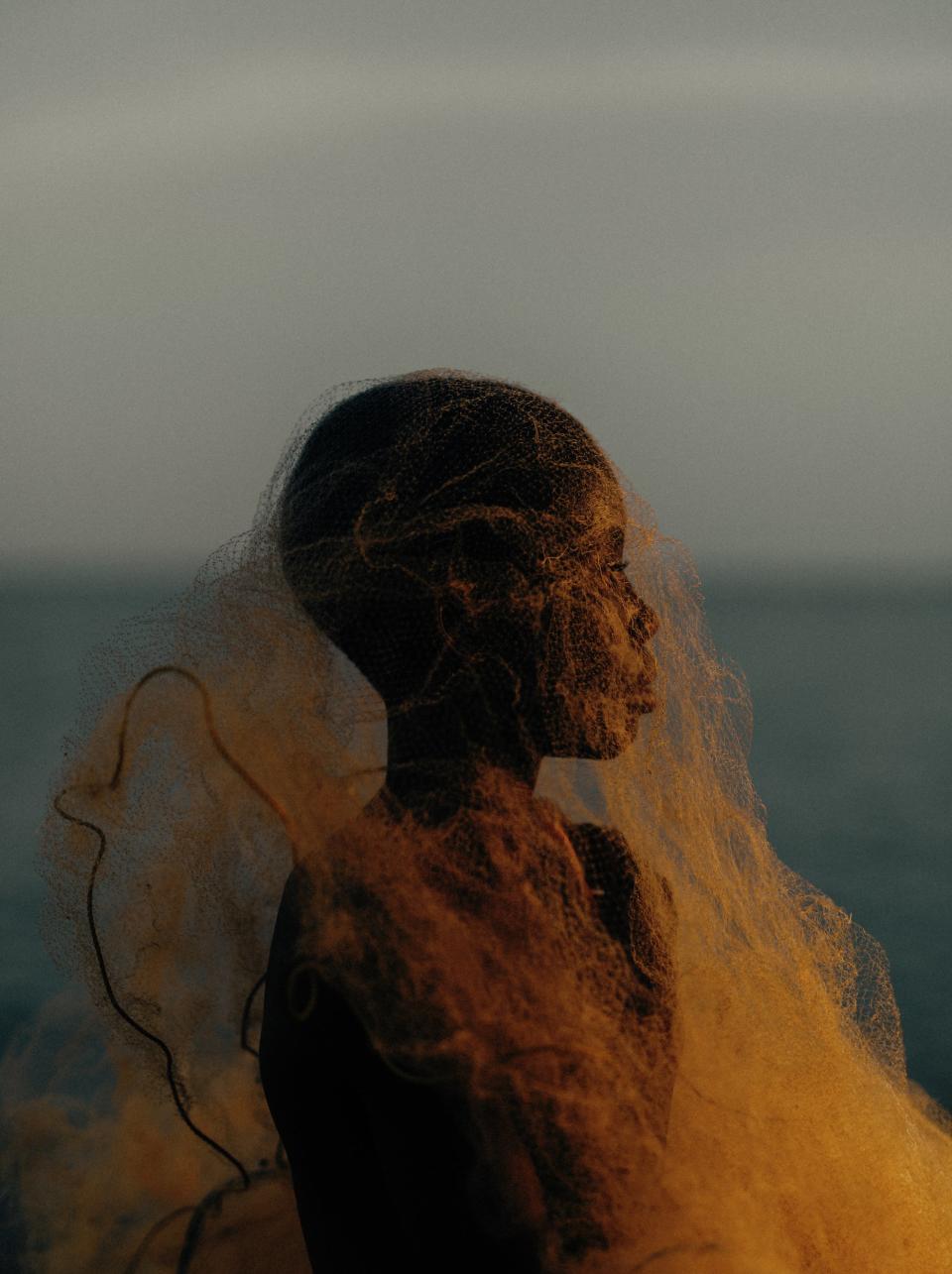
Boys Of Volta #34
Jeremy Snell, Courtesy of Open Doors gallery
Boys Of Volta #66
Jeremy Snell, Courtesy of Open Doors GalleryHowever, there is another source of darkness in the lake’s story. A 2013 assessment from the International Justice Mission NGO found that “more than half of children working on southern Lake Volta’s waters were trafficked into forced labour”, often sold by parents to other relatives or acquaintances who work on the lake. They say that the majority of these children, mostly boys, are 10 years old or younger – too young to be working legally in such a dangerous industry.
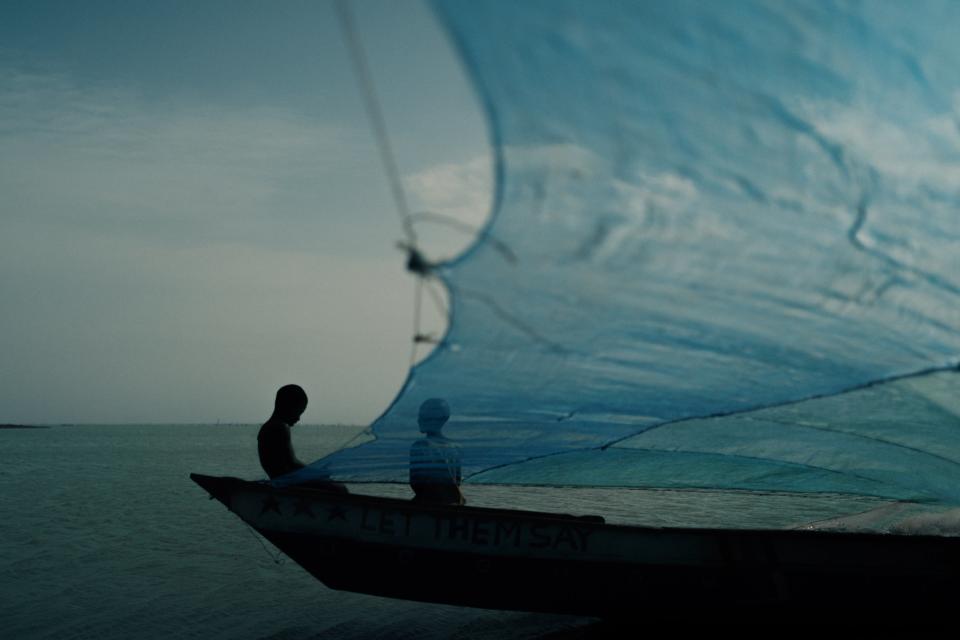
Boys Of Volta #38
Jeremy Snell, Courtesy of Open Doors gallery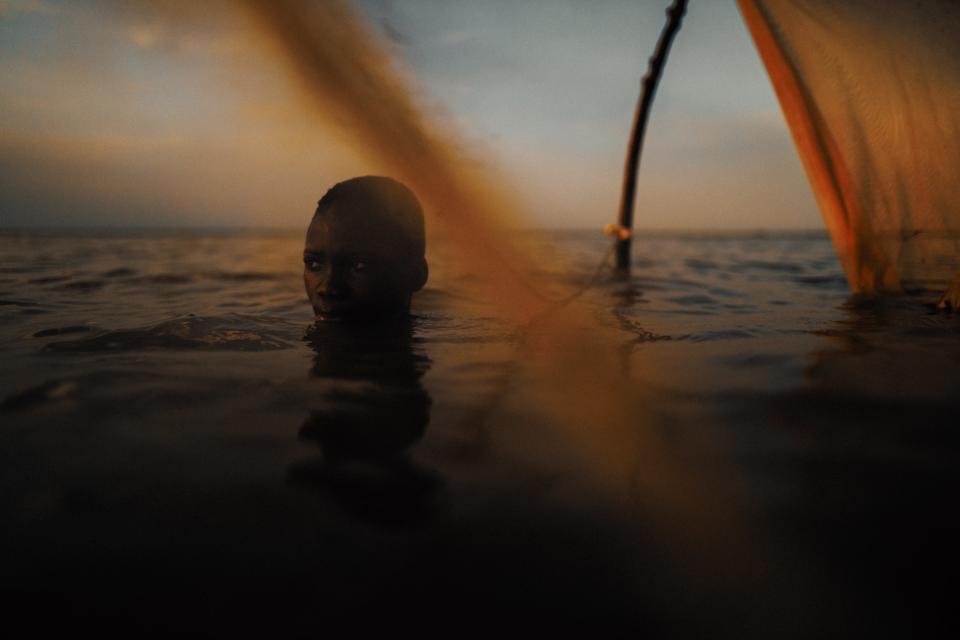
Boys Of Volta #41
Jeremy Snell, Courtesy of Open Doors gallery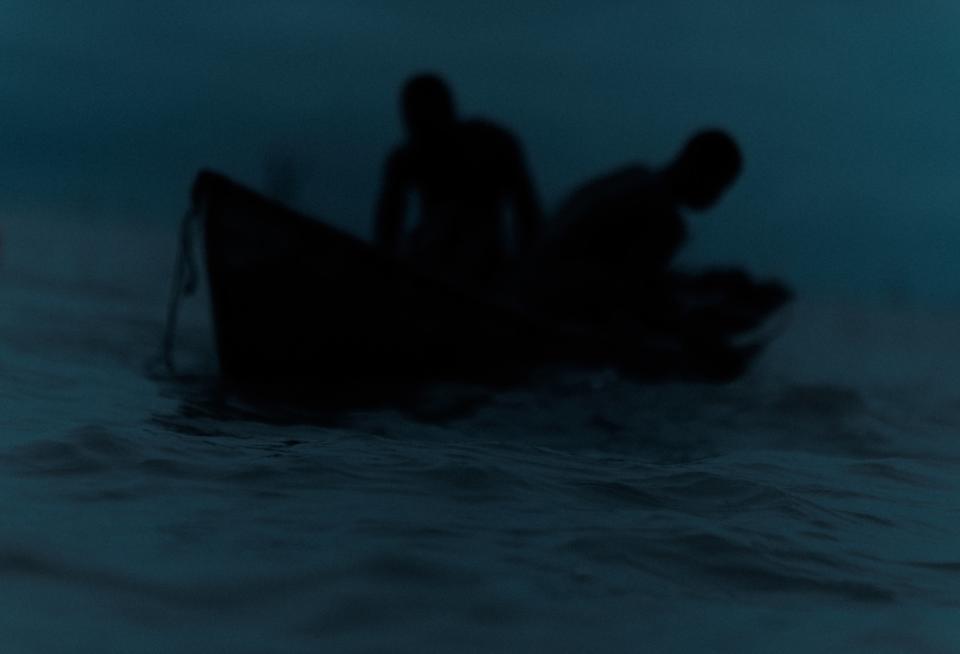
Boys Of Volta #42
Jeremy Snell, Courtesy of Open Doors galleryBoys of Volta resists stark moral judgements, looking instead at the lived experience of the people on the lake; the project won a 2020 Portrait of Humanity award. “For me, the photographs point to the beauty of the lake and those who live on it, the complexity of life in the area, and the treacherous situations some of these kids find themselves in,” says Snell.
‘Boys of Volta’ by Jeremy Snell, published by Setanta Books, is available now. Ten per cent of the book’s profits will be donated to the International Justice Mission NGO


